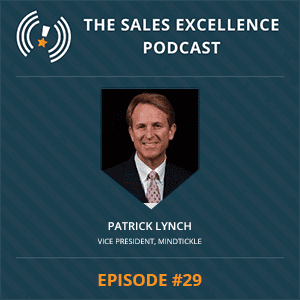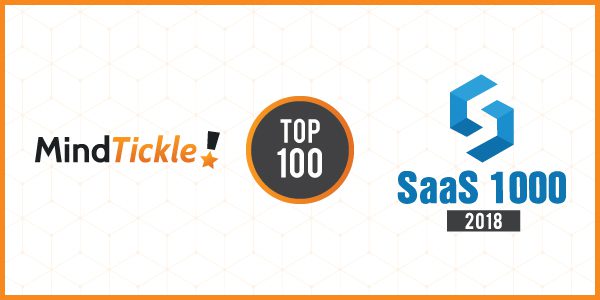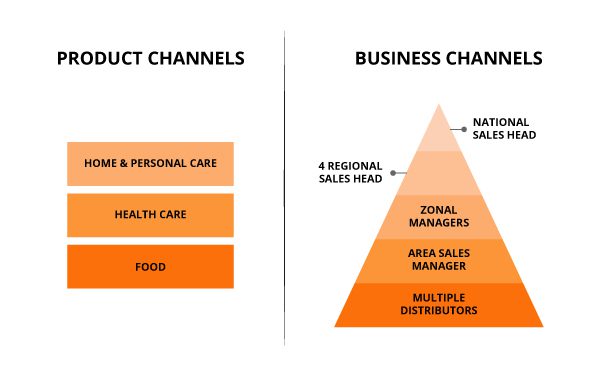[Podcast] How Sales Enablement can Strategically Guide the Sales Organization with Pat Lynch
In this
17 minute
podcast Pat explains:
- How sales enablement has evolved over the past decade
- How to turn around some disturbing trends in sales performance and productivity
- The questions that can help sales enablement professionals focus on the right things at the right time
- How to deal with sales tool fatigue
Pat Lynch has seen the evolution of sales enablement from several perspectives – in large companies like Xerox and FedEx and in research firm CSO Insights, to name a few. Now as Vice President of Enablement Excellence and Innovation at Mindtickle, Pat’s responsible for driving better outcomes for sales organizations through innovation and world-class enablement.
In recent years, Pat has seen some disturbing trends in sales organizations.
“Until last year, selling time for a sales professional was decreasing six years in a row. Now only 35% of a seller’s time is actually spent selling. Until last year, overall quota attainment also went down for six years in a row – from 63% to 51%. These are two alarming trends,”
exclaims Pat.
“Then add in the fact that you may only get 17% of the time with somebody who’s actually interested in purchasing your product or service. That’s very little time to actually develop rapport and trust with a potential customer, let alone trying to sell to them. That means salespeople have to be far more concise about the value-add that they’re bringing.”
While the numbers are worrying, it has ignited a fire under sales organizations. “
They realized that they needed to actually get somebody in the position and hold them accountable to stop these trends going in the wrong direction. With the Sales Enablement Society coming to fruition just about two years ago, we’re now seeing that enablement is a role that’s a critical success factor to getting sales organizations back on track and hitting quota,”
explains Pat.
The growth of sales enablement is certainly a step in the right direction but Pat has observed that some enablement professionals are at risk of missing a big opportunity. “
What often ends up happening is that the sales enablement executive is relegated to being a tactician. They’re trying to solve problems for salespeople. But sales enablement has a fantastic opportunity to look over the horizon to see what’s coming. They can provide strategic guidance to the VP of Sales. Some need to take a step back and look at the big picture and how they can help their sale organization.”








